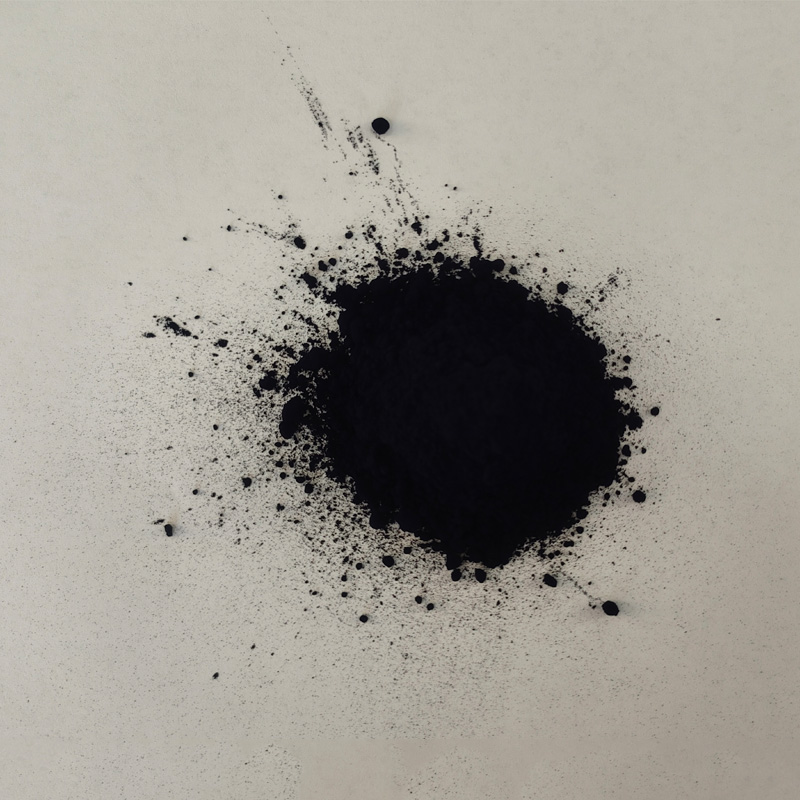Indigo Plant Uses In Different Area
Indigo Plant Uses In Different Area
The color “indigo” is named after several plants in the genus Indigofera. These varieties of indigo are famous for the natural blue colors obtained from the plant leaves used to make a natural dye. Some indigo varieties are used medicinally, while others are ornamental and beautiful. Here you get more indigo information and an overview of the different varieties.

What is an indigo plant?
According to an indigo plant information, these plants are native to subtropical as well as tropical locations around the world. These indigo plants are members of the pea family.
Buy your Indigo Plant here!
Many indigo plant varieties have beautiful flowers. The flowers of Indigofera amblyantha are soft pink racemes and cultivated for their ornamental beauty. An attractive indigo shrub is Indigofera heterantha, with its long clusters of rosy purple, pea-like flowers.
It is the leaves that make most types of indigo plant famous though. For many years, the leaves of certain indigo plants were used to make dye to color fabrics a deep blue. It was once the most used natural dye in the world.
Making Dye from Indigo plants
The blue dyestuff is formed by fermenting the leaves with caustic soda or sodium hydrosulfite. Many different indigo plants are used to make the blue pigment. True indigo, also called French indigo (Indigofera tinctoria), natal indigo (Indigofera arrecta), and Guatemalan indigo (Indigofera suffruticosa).
Bromo indigo; Vat bromo-indigo; C.I.Vat blue 5;
Buy your Indigo Plant here!
These varieties of indigo were the main important industry in India. The indigo cultivation for dye slowed after synthetic indigo was developed. Now these indigo dye is typically used by craftspeople.
While even blue is produced by synthetic indigo, natural indigo contains impurities that give beautiful color variations. The shades of blue you get from the dye depends on where the indigo plant was grown and in what weather.
Medicinal Indigo Plant Uses

Several indigo plant varieties have been used medicinally, however, true indigo is the most commonly utilized varieties and was popular with the Chinese to clean the liver, detoxify the blood, reduce inflammation, alleviate pain, and reduce fever.
Some indigo plants, however, like creeping indigo (Indigofera endecaphylla), are slightly toxic. These indigo plants poison grazing livestock. Other indigo plant varieties, when consumed by humans, can cause vomiting, diarrhea, and even death.
-
The Timeless Art of Denim Indigo Dye
NewsJul.01,2025
-
The Rise of Sulfur Dyed Denim
NewsJul.01,2025
-
The Rich Revival of the Best Indigo Dye
NewsJul.01,2025
-
The Enduring Strength of Sulphur Black
NewsJul.01,2025
-
The Ancient Art of Chinese Indigo Dye
NewsJul.01,2025
-
Industry Power of Indigo
NewsJul.01,2025
-
Black Sulfur is Leading the Next Wave
NewsJul.01,2025

Sulphur Black
1.Name: sulphur black; Sulfur Black; Sulphur Black 1;
2.Structure formula:
3.Molecule formula: C6H4N2O5
4.CAS No.: 1326-82-5
5.HS code: 32041911
6.Product specification:Appearance:black phosphorus flakes; black liquid

Bromo Indigo; Vat Bromo-Indigo; C.I.Vat Blue 5
1.Name: Bromo indigo; Vat bromo-indigo; C.I.Vat blue 5;
2.Structure formula:
3.Molecule formula: C16H6Br4N2O2
4.CAS No.: 2475-31-2
5.HS code: 3204151000 6.Major usage and instruction: Be mainly used to dye cotton fabrics.

Indigo Blue Vat Blue
1.Name: indigo blue,vat blue 1,
2.Structure formula:
3.Molecule formula: C16H10N2O2
4.. CAS No.: 482-89-3
5.Molecule weight: 262.62
6.HS code: 3204151000
7.Major usage and instruction: Be mainly used to dye cotton fabrics.


